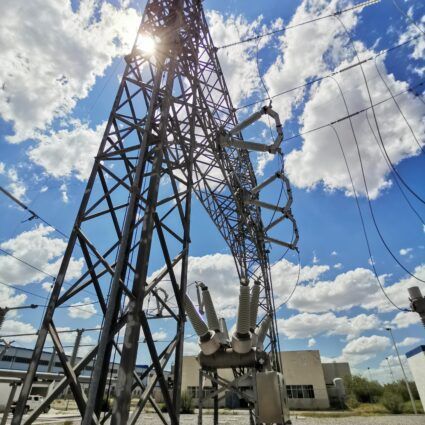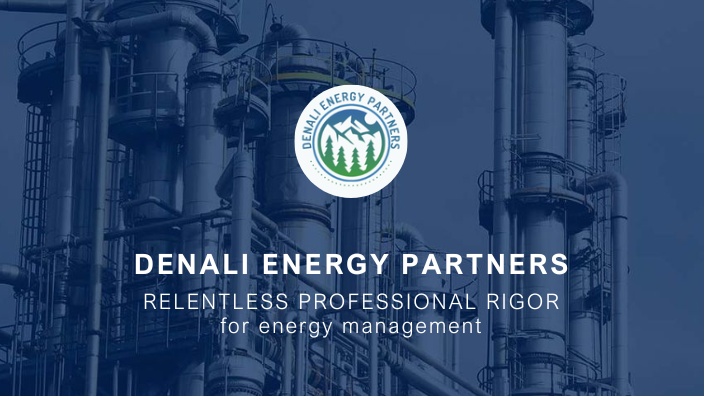The Energy Cost of Chemical Bond Formation and Breaking in Industrial Parks
Denali-ep
| 21 de octubre de 2024
The Energy Cost of Chemical Bond Formation and Breaking in Industrial Parks
Industrial parks are hubs of production and transformation, where various chemical activities take place. Understanding the energy cost of forming and breaking chemical bonds is crucial in this context. This concept not only affects the efficiency of chemical reactions but also impacts the sustainability and profitability of industrial operations.
What Are Chemical Bonds?
Chemical bonds are forces that hold atoms together in molecules. Without these bonds, the substances used in industry wouldn’t exist. Each type of bond has unique characteristics that influence the behavior of chemical reactions.
Types of Chemical Bonds
Covalent Bonds
Covalent bonds form when two atoms share electrons. This type of bond is common in organic compounds and is essential for creating materials like plastics and pharmaceuticals.
Ionic Bonds
Ionic bonds occur when one atom donates electrons to another, creating ions that attract each other. This bond is crucial in the production of salts and other inorganic compounds.
Metallic Bonds
Metallic bonds account for the properties of metals, where electrons are shared among many atoms. This bond is vital in the production of alloys and in welding processes.
Energy Cost of Breaking Bonds
What Does Breaking Bonds Involve?
Breaking bonds means separating atoms that are connected in a molecule. This process requires energy, known as activation energy. Without enough energy, bonds won’t break, which could halt a chemical reaction.
Energy Required to Break Bonds
The energy needed to break a bond depends on its type. For example, single covalent bonds require less energy than double or triple bonds. In an industrial park, this translates to operational costs that must be considered during process design.
Example of Bond Breaking in Industry
Consider the production of hydrogen chloride (HCl) from hydrogen and chlorine. To initiate this reaction, the H-H and Cl-Cl bonds must be broken, requiring energy input. This type of analysis is essential for optimizing production in industrial parks.
Energy Cost of Bond Formation
Bond Formation Process
Bond formation is the reverse of bond breaking. As atoms come together, they share or transfer electrons, creating new bonds and releasing energy. This energy release is crucial for the stability of the final products.
Energy Released When Bonds Form
The energy released during bond formation is known as bond energy. The stronger the bond, the more energy is released. In an industrial park, maximizing this energy release can enhance production efficiency.
Example of Bond Formation
Returning to the hydrogen chloride example, energy is released when the H-Cl bond forms. Understanding these energy changes is vital for analyzing how energy shifts during chemical reactions in an industrial setting.

Energy Balance in Chemical Reactions
What Is Energy Balance?
Energy balance is the comparison between the energy required to break bonds and the energy released when new bonds form. This balance is crucial for determining whether a reaction is viable in an industrial park.
Exergonic and Endergonic Reactions
- Exergonic Reactions: These reactions release more energy than they consume. They are common in industrial processes like combustion, where the energy released can be used to generate electricity.
- Endergonic Reactions: These reactions require an input of energy to proceed. For instance, synthesizing complex chemical compounds requires additional energy, which can increase operational costs.
Example of Energy Balance in Industry
Consider methane combustion in a power plant:
In this case, the energy released when CO2 and H2O form is greater than the energy needed to break the bonds in CH4 and O2, resulting in an exergonic reaction that can be harnessed to generate energy.
Factors Affecting Energy Cost
Nature of the Bonds
The nature of the bonds in the reactants and products influences the energy cost. In an industrial setting, selecting the right reactants is essential for optimizing production costs.
Physical State of Reactants
The physical state of reactants (solid, liquid, or gas) also affects energy costs. For example, gases typically have weaker bonds, making bond-breaking easier and speeding up reactions.
Temperature and Pressure
Temperature and pressure can alter energy costs. Increasing temperature generally provides more energy to molecules, facilitating bond-breaking and accelerating reactions. Controlling these parameters in an industrial park is critical for maximizing efficiency.
Theoretical Models Related to Energy Costs
Collision Theory
Collision theory explains how and why chemical reactions occur. For a reaction to take place, molecules must collide with sufficient energy and in the correct orientation. This concept is fundamental for optimizing industrial processes.
Transition State Theory
Transition state theory suggests that during a chemical reaction, reactants pass through a high-energy state where bonds are partially broken and formed. This state determines the reaction’s speed, which is crucial for industrial process design.
Practical Applications in Industrial Parks
Importance in the Chemical Industry
The energy cost of forming and breaking chemical bonds is vital for designing processes in industrial parks. Understanding these principles allows chemical engineers to develop more efficient and sustainable methods.
Relevance in Biology and Biochemistry
In biology and biochemistry, energy costs are crucial for processes like biofuel production and pharmaceutical synthesis. These processes are carried out in industrial facilities that must optimize energy efficiency.
Conclusion
The energy cost of forming and breaking chemical bonds is a key aspect of industrial park operations. Understanding the relationship between energy, bonds, and chemical reactions allows companies to improve efficiency, reduce costs, and minimize environmental impact. In a world where sustainability is increasingly important, mastering these concepts is essential for success in the industry.
Why is understanding the energy cost of chemical bonds important for industrial parks?
Understanding the energy cost of forming and breaking chemical bonds is critical for optimizing chemical processes in industrial parks. It affects the efficiency of production, operational costs, and the environmental impact of industrial activities.
How does bond strength influence energy consumption in industrial processes?
Stronger bonds, such as double or triple covalent bonds, require more energy to break, increasing the overall energy consumption in chemical reactions. In contrast, weaker bonds, like single covalent bonds, lower the energy requirements, potentially reducing operational costs.
What are exergonic and endergonic reactions, and how do they affect industrial operations?
Exergonic reactions release more energy than they consume, making them more efficient for energy generation, such as in combustion processes. Endergonic reactions, on the other hand, require additional energy input, which can increase the energy cost and complexity of production.
How do temperature and pressure affect the energy cost of chemical reactions?
Higher temperatures provide more energy to molecules, facilitating bond-breaking and speeding up reactions, while higher pressure can force reactants together more effectively. Both factors are used in industrial parks to optimize reaction conditions and reduce energy costs.
Can energy-efficient chemical processes improve sustainability in industrial parks?
Yes, by optimizing energy use in chemical processes, industrial parks can reduce their energy consumption, lower operational costs, and minimize environmental impact, contributing to overall sustainability and compliance with environmental regulations.




